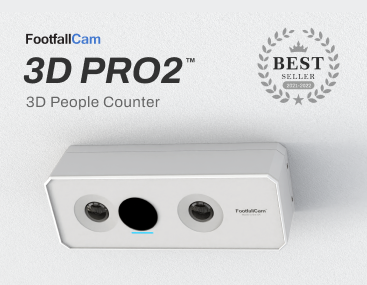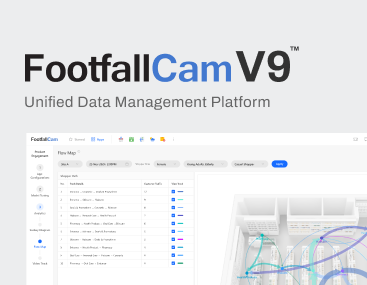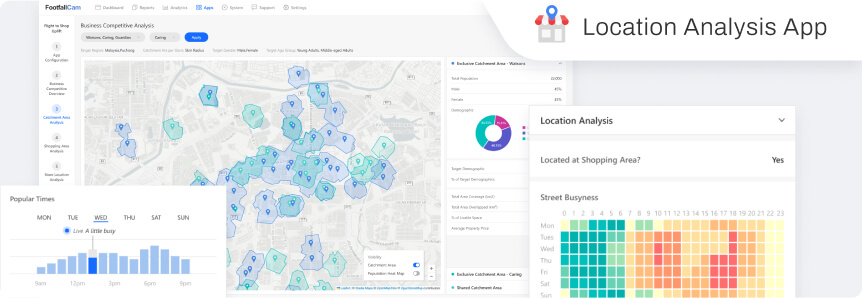
A national retailer faced challenges with rising rental costs across multiple locations. The real estate director was tasked with negotiating rent reductions, but landlords were reluctant to lower rates without solid evidence of the store’s impact and profitability. The retailer needed a strategic way to justify rent adjustments with hard data—highlighting where rent exceeded the store’s value, backed by footfall trends, sales metrics, and location performance.
To tackle this challenge, the retailer adopted an AI-powered Location Analysis App. This technology offered real-time insights into demographics, footfall patterns, and store size optimisation—all critical data points for rent negotiations. Armed with accurate reports, the real estate director was able to approach landlords with compelling evidence, creating sustainable deals for both parties.
Pain Points
1. High Rental Costs: The retailer was paying premium rent at several locations without seeing proportional business returns.
2. Lack of Negotiation Leverage: Landlords were unwilling to offer discounts without data proving that the location underperformed relative to rent.
3. Operational Trade-offs: There was tension between maintaining key locations for brand visibility and reducing operational expenses to improve profitability.
The AI-powered Location Analysis App provided the following actionable insights:
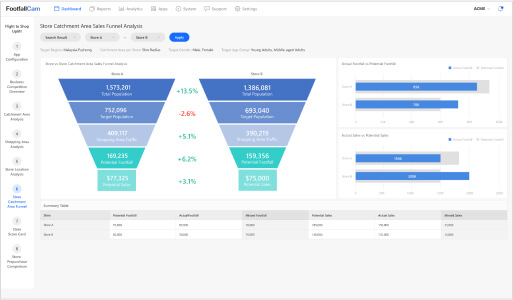
Footfall and Sales Correlation
The app analysed historical footfall data and aligned it with the store’s sales trends to assess performance. It provided clear evidence of whether the rent was justified by store traffic and sales compared to other locations with similar demographics.
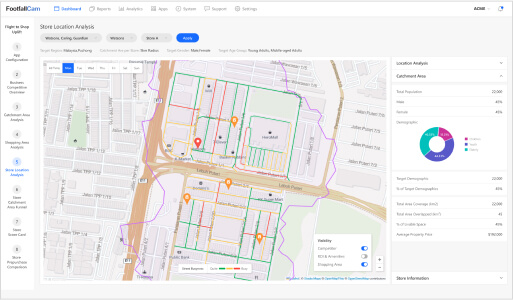
Demographic and Environmental Analysis
The app identified customer demographics around each store, comparing them with competitor locations. It evaluated how local events, weather patterns, and retail seasons impacted foot traffic—allowing the retailer to determine the true value of the location.
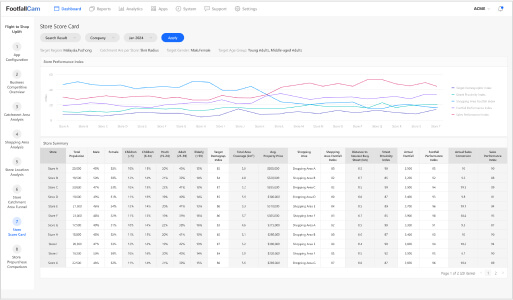
Store Size and Rent Optimisation
The app suggested the optimal store size based on foot traffic and sales conversion, identifying where the retailer was paying for unnecessary space. It forecasted the ideal rental rates to propose during negotiations.
Data-Backed Rental Negotiations
Using the Rental Negotiation Report, the real estate director was able to:
1. Justify Rent Adjustments: Armed with footfall and sales data, the retailer provided landlords with a clear, data-driven case for rent reductions, demonstrating that lower rent would result in long-term sustainability.
2. Optimise Store Layout and Costs: The app’s recommendations for size adjustments allowed the retailer to downsize certain stores, avoiding excess rent without sacrificing customer experience.
3. Secure Sustainable Deals: With solid evidence, the retailer negotiated mutually beneficial rates, ensuring both the business and the landlords could thrive.
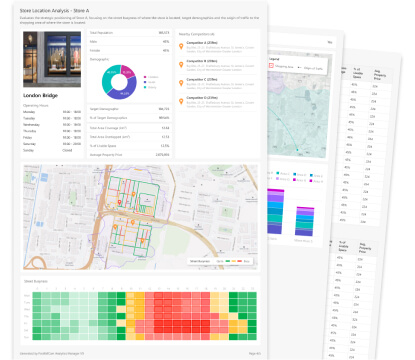
The Location Analysis App enabled the retailer to take control of rental negotiations by equipping the real estate director with hard evidence
This data-driven approach allowed for informed decisions, leading to sustainable rent reductions and improved profitability. The AI tool not only helped optimise store operations but also strengthened relationships with landlords through transparent negotiations—ensuring that every rental dollar invested aligned with business performance.
This case study highlights the critical role of data in modern retail operations, proving that strategic use of technology can unlock business opportunities and operational efficiencies.
Know more about Location Analysis App

